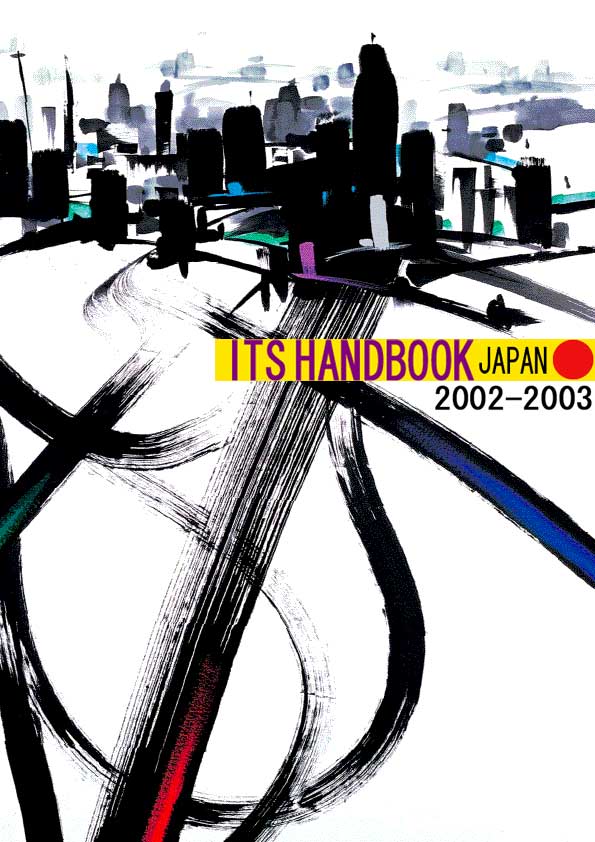ITS - a Key Social Technology Initiative for the 21st Century

|
SATO Nobuaki
Director-General, Road Bureau
Ministry of Land, Infrastructure and Transport
|
In Japan, a small country where over 120 million people live and more than 70 million vehicles travel each day, about one million people are killed or injured in traffic accidents each year. In addition, congestion in various parts of the country due to the increase in vehicle traffic causes a time loss of 5.3 billion hours annually, which corresponds to an economic loss of JPY 12 trillion. Construction of a sufficient road network to accommodate such a large volume of traffic, however, is difficult, because of the geographical restrictions such as the narrow land area and steep terrain and social restrictions such as excessively concentrated land use. Therefore it is necessary to effectively use road resources to resolve these problems.
Furthermore, Japan is expected to become an unprecedented aged society where the elderly population increases while total population and productive-age population fall. By 2020, the elderly aged 65 years and older will account for 25 percent of the population. An environment that supports greater mobility for the elderly and serves as a foundation for vibrant societies thus needs to be established.
ITS, which combines humans, roads, and vehicles using state-of-the-art IT technologies, is not only an effective means to resolve these problem but is also an infrastructure which will help revolutionize industry and society in the 21st century. Developing and providing high-quality social services related to road transport, in parallel with the rapid IT revolution, enriches people's life and improves safety on roads. In Japan, ITS is already being deployed in some areas and has been proven to yield such effects.
As of the end of June 2002, the number of vehicles fitted with car navigation units incorporating VICS (Vehicle Information and Communication System) receivers, which provide vehicles with real-time road information, is 4.98 million. Full-scale operation of the ETC (Electronic Toll Collection System), which is an unprecedented system in that it can be used on numerous toll roads operated by different administrative bodies and has a high level of security against illegal use and privacy intrusion, started in March last year. As of the end of September, 2002, the ETC System covers 741 toll gates in the country, and about 900 toll gates, used by about 90 percent of all traffic, will be fitted with ETC equipment by the end of this fiscal year. Deployment of ITS capable of solving various regional-specific problems has also started in a number of areas in the country, already providing benefits to many people.
With respect to Smart Cruise Systems, which will greatly enhance road transport safety and improve mobility for elderly drivers, in this fiscal year, proving tests will be carried out on actual roads. On the basis of the test results thus obtained, the "Smartway" system, which will serve as an open platform for integrating ITS application systems, will be introduced in some areas.
We will continue to make efforts to introduce ITS while placing emphasis on international collaboration such as the ITS World Congress and workshops with other countries so that ITS will evolve as a universal system which can meet a variety of users' needs.
|

